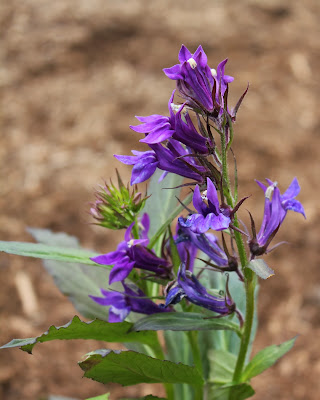Sorry to break it to you, dear future Garden, but some possible, uh, challenges have been spotted...
I have spotted Bunnies nibbling away at the wildflowers in the yard on several occasions. The reason this particular Bunny looks so happy? He knows a Garden is coming.
Yep, that would be a Deer. Right in the back yard. Eating something. (Please let it not be the blueberry bushes I planted back there!)
And the neighbor has seen a Groundhog on several occasions.
That might explain all those large holes in the ground back there.
She's also found a 4 foot long Snake skin. In a tree.
(Yes, I know that the snake is actually not harmful to you, dear Garden, but it's still a challenge. Have you ever wanted to know how little gardening gets done when the now fearful Gardener is constantly looking up?)
Just what we needed. More Rodents. This one seems to be of the Chipmunk variety.
And..
oh, no, could it be?
...
 |
| MUWAHAHAHA! |
Aaahhhhhh! It's the New England division of Squirrels!!!
We're in trouble..









